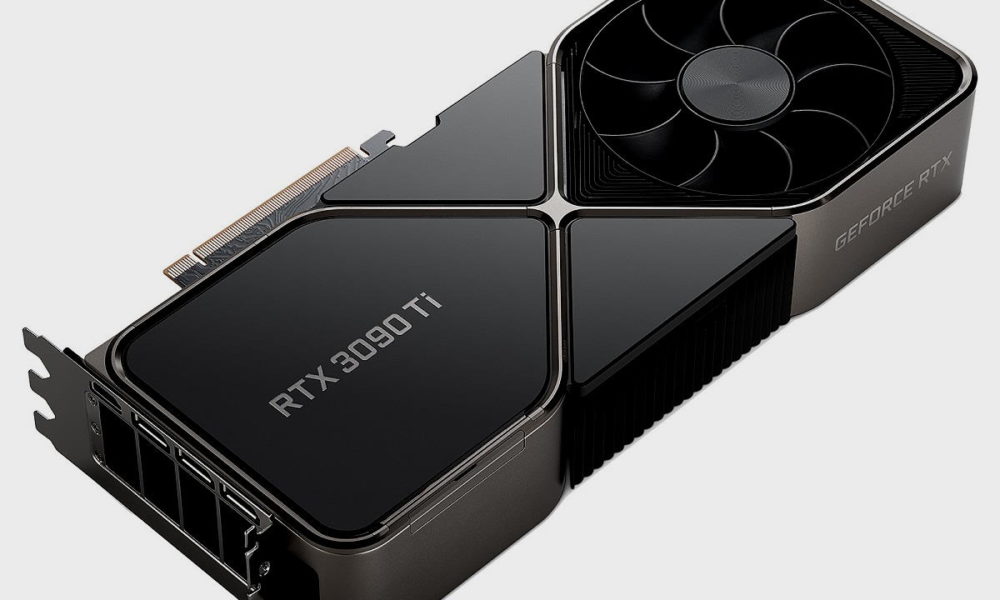Exposed Pallet 9 (EP9), composed of spent batteries used on the International Space Station, entered Earth’s atmosphere this weekend, as expected. This object, weighing 2,630 kg, was dropped from the orbital station in 2021 and has been orbiting our planet since then. It most likely burned up completely in the atmosphere, but it is also possible that some elements reached the planet’s surface.
Sandra Jones (Sandra Jones), representative of the US National Aeronautics and Space Administration (NASA), agency “We made a comprehensive analysis” He concluded that the debris found in EP9 would enter the Earth’s atmosphere safely. It is stated that this is the most powerful object ever thrown out of the orbital station. Block EP9 entered the atmosphere while flying between Mexico and Cuba. “We do not think any fragments survived reentry.”– added Sandra Jones, commenting on the topic.
The European Space Agency (ESA) also tracked EP9’s flight path. In a statement released earlier this week, the ministry said there was a possibility that some of the space debris would burn up in the atmosphere and not fall on a person. Very low. At the same time, ESA assumes that: some pieces may fall to Earth. According to the calculations of astrophysicist Jonathan McDowell (Jonathan McDowell), about 500 kg of debris should have fallen on the Earth’s surface.
According to the ESA, the risk of space debris falling on a person is approximately 65,000 times lower than the risk of being struck by lightning. Most likely, the probability of such an outcome is really extremely small, so NASA sent the 2.5-ton block into an uncontrolled flight. This happened on March 11, 2021, and since then the spent batteries have been orbiting the Earth, circling the planet approximately every 90 minutes. Influenced by the thin atmosphere in low Earth orbit, the block’s speed gradually slowed until gravity pulled it into the atmosphere later this week.
The EP9 unit, containing six new lithium-ion batteries, was delivered to the ISS by the Japanese HTV spacecraft. Then the astronauts used a robotic manipulator to replace old nickel-hydrogen batteries with them. Nine old batteries were placed on the EP9 platform, and after a while the robotic manipulator sent them into free flight. It’s worth noting that this method of destruction is not unique to NASA. The fact is that the HTV ship program was canceled in 2020 and no other cargo ship was assigned to pick up the battery platform from the station. Therefore, it was decided to destroy the batteries during an uncontrolled flight, which would inevitably result in entering the Earth’s atmosphere.













